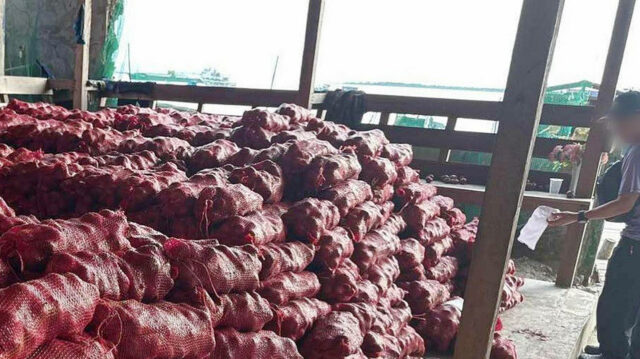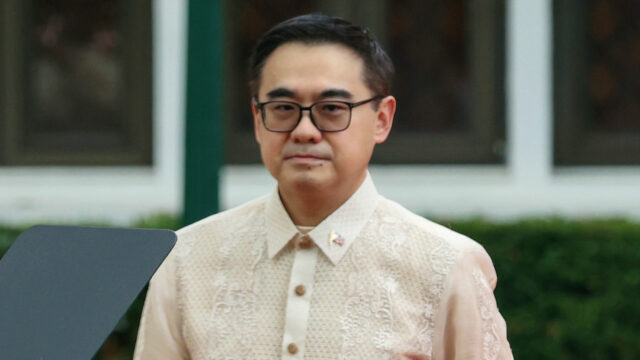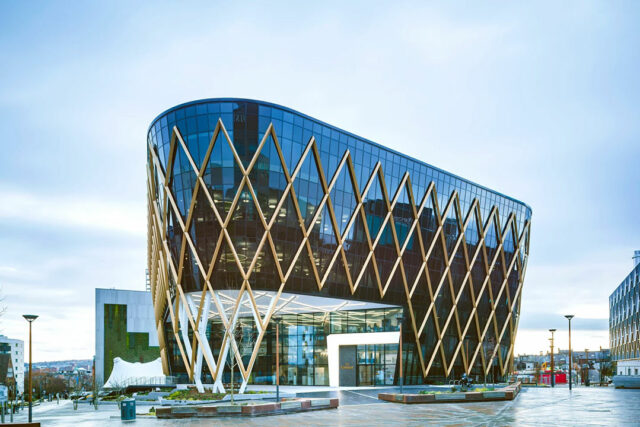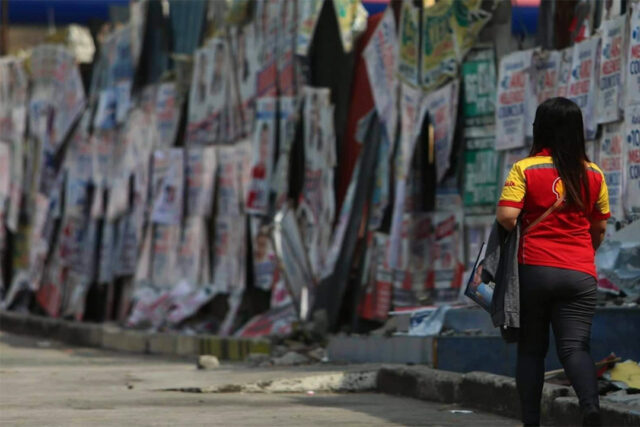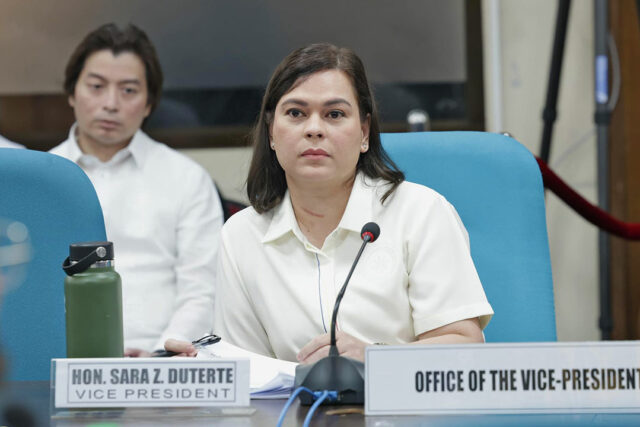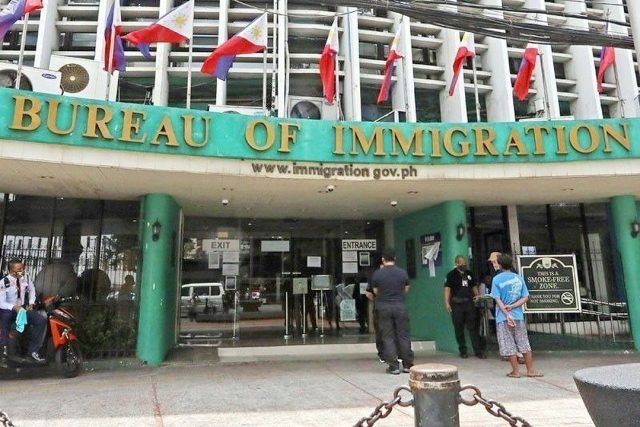By Kenneth Christiane L. Basilio and Adrian H. Halili, Reporters
PHILIPPINE and US army soldiers started three weeks of joint military exercises on Monday, with drills focused on territorial defense and commanding large-scale deployments of forces, the Philippine Army said.
About 5,000 soldiers from the Philippine Army and the US Army Pacific will take part in warfighting and exchange of expertise in the first phase of this year’s Exercise Salaknib. A second phase is scheduled for later this year.
The opening ceremony was held at Fort Magsaysay, Nueva Ecija in northern Philippines.
US Defense Secretary Pete Hegseth is expected to travel to Manila this week to meet Philippine leaders and forces, the Pentagon said last week.
The exercises would focus on enhancing combined operations between their armies, large-scale maneuvers, live-fire exercises and territorial defense, the Philippine Army said in a statement.
The Salaknib (Ilocano word for shield) exercises began in 2016 and are yearly engagements between the two treaty allies, part of the broader Balikatan (shoulder-to-shoulder) training drills.
The first phase of the Salaknib exercises will run from March 24 to April 11, ending a week before the start of the Balikatan combat drills on April 21 to May 9. The second phase of the Salaknib exercises will continue on May 19 to July 20.
The UK, Japan, Canada, Australia, South Korea and France have committed to join the Balikatan drills, Balikatan Combined Joint Information Bureau chief Lieutenant Colonel John Paul C. Salgado told BusinessWorld via Viber.
“The exercise (Salaknib), designed as a continuous operation, focuses on enhancing combined and joint all-domain operations, reinforcing warfighting capabilities, and showcasing a strong bilateral commitment to safeguarding the Philippines’ territorial integrity,” the Philippine Army said.
Manila has been at the forefront of efforts to contest Beijing’s expansive sea claim, deepening security ties with western countries and regional allies like Japan and Australia.
The war games between Manila and Washington’s forces have focused on enhancing the Southeast Asian nation’s ability to defend its territory from external threats, conducting past drills near potential flashpoints of the South China Sea and self-governed Taiwan, which Beijing considers a renegade state.
“Through joint exercises… the [Philippine] Army further solidifies its readiness to respond to evolving threats and upholds its vital role in the nation’s land defense as part of the Armed Forces of the Philippines’ broader mission in external security operations,” the Philippine Army added.
Security engagements between the two nations have soared under Philippine President Ferdinand R. Marcos, Jr., who has pivoted closer to the US.
Mr. Marcos has prioritized upholding the Philippines’ sovereign rights in the South China Sea and has locked horns repeatedly with China over its actions in the disputed waterway, including the constant presence of Beijing’s coast guard near disputed features within the Southeast Asian nation’s maritime zone.
Mr. Hegseth is the first Cabinet official to visit Manila since US President Donald J. Trump took office in January.
Lloyd Austin, who was Defense Secretary under President Joseph Biden, had said America’s alliance with the Philippines would transcend changes in administrations.
The Philippines secured an exemption from the 90-day funding freeze that Mr. Trump ordered in January so it could receive $336 million for the modernization of its security forces.
Meanwhile, AFP Chief of Staff General Romeo S. Brawner, Jr. met with India’s Chief of Defense Staff Anil Chauhan in New Delhi last week, discussing ways to forge stronger security ties between their countries, the Philippine military said in a separate statement.
Mr. Brawner also pushed deeper military relations between the Philippines and India by “enhancing military capabilities through collaboration” during the geopolitical forum Raisina Dialogue.
“The AFP chief of staff also emphasized the significance of ongoing cooperation, including training exchanges, the acquisition of advanced defense systems like the BrahMos missile system, and joint maritime exercises,” the AFP said.
TALKS WITH AUSTRALIA
Also on Monday, the Department of Foreign Affairs (DFA) said it is looking to bolster defense ties with Australia, particularly on maritime security, counter-terrorism, defense infrastructure and defense policies.
In a statement, the agency said Foreign Affairs Undersecretary Ma. Theresa Lazaro, alongside an envoy of the defense department, met with Australian Foreign Affairs and Trade Deputy Secretary Michelle Chan for the Philippines-Australia strategic dialogue in Canberra.
“The discussions focused on enhancing maritime cooperation, countering transnational crime, ASEAN chairmanship in 2026 and strategic alliances,” the DFA said.
It added that both envoys are exploring possible cooperation on cybersecurity, climate resilience and critical infrastructure, among other areas.
Australia, the US and Japan are among the countries that have visiting forces agreement with the Philippines, providing a legal basis for foreign armed forces to enter the country and setting how they will be treated.
“Australia emphasized its shared views with the Philippines on current challenges facing the South China Sea and the Indo-Pacific region,” the DFA said. “Australia also expressed continued support for the Philippines’ capacity-building requirements and supply of operational assets.”
Amid increasing tensions with Beijing in the South China Sea, the Philippines has been seeking more foreign defense deals with countries like Australia, the US, Japan and Canada.
Manila and Beijing have repeatedly clashed in the South China Sea, with both sides accusing each other of raising tensions.
A United Nations-backed tribunal based in The Hague in 2016 voided China’s claims to more than 80% of the waterway for being illegal.
The South China Sea is a vital waterway for more than $3 trillion of annual ship-borne commerce. Aside from China and Philippines, Brunei, Indonesia, Malaysia and Vietnam also claim parts of the sea. — with Reuters

